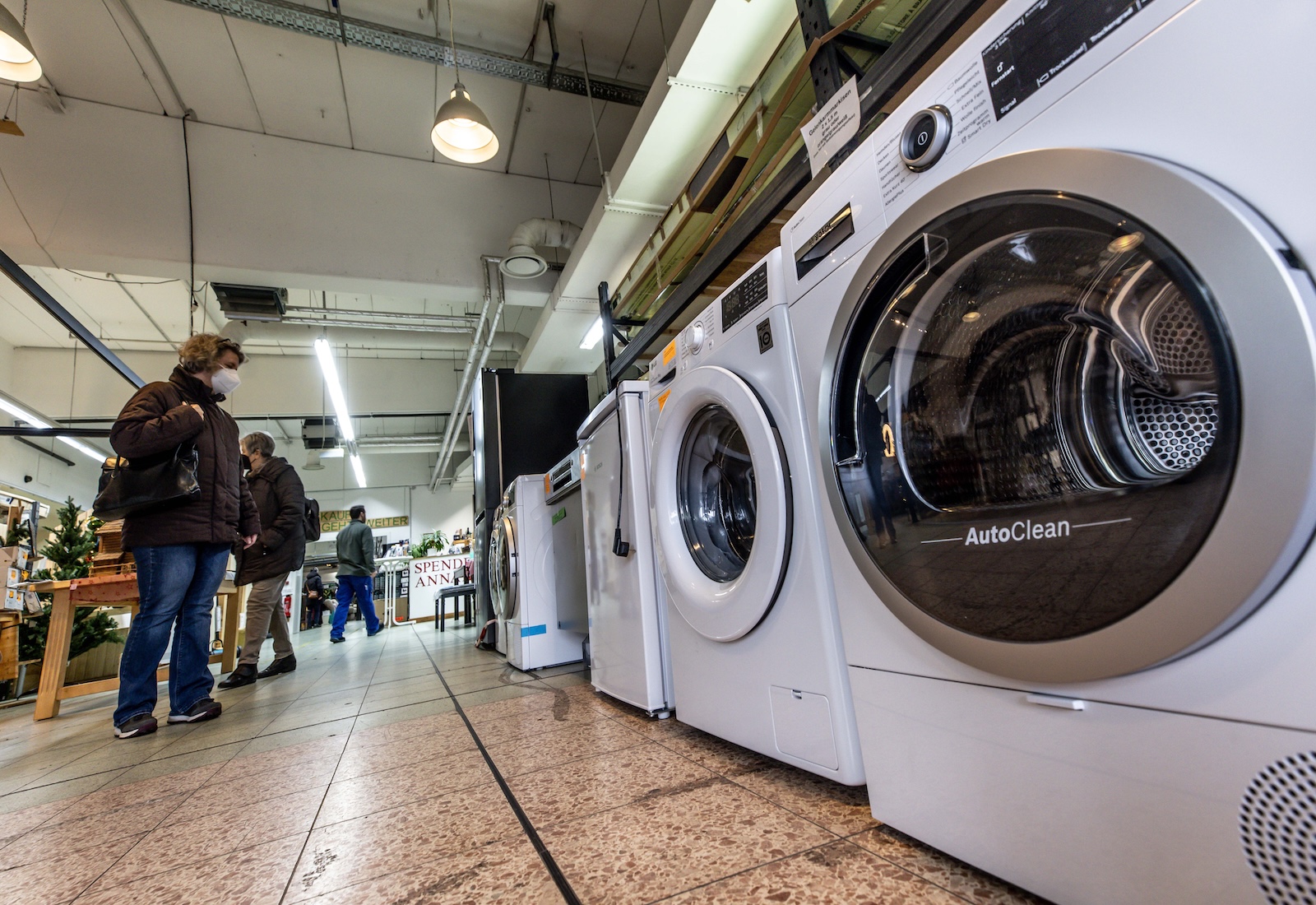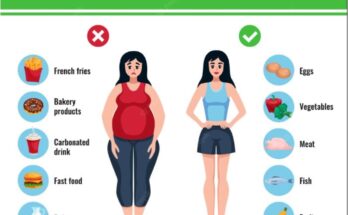Twenty years ago, a group of scientists in the UK lamented a problem that was not appreciated at the time: the breakdown of plastic waste into small, even very small, pieces. Although many previous reports have documented the accumulation of plastic bottles and bags in the natural environment, little attention has been paid to what scientists have called “microplastics”.
Due to the “rapid increase in plastic production, the longevity of plastic, and the disposable nature of plastic items,” the researchers concluded that there is a “significant potential” for microplastic pollution to evolve. a major problem for the environment and human health.
It turns out they were right.
In the last two decades, the amount of plastic production has almost doubled, to more than 400 million tons per year, which is about the weight of 1,200 Empire State Buildings. At the same time, microplastics – defined as particles with a diameter of less than 5 micrometres, about the diameter of a human hair – have exploded into the public consciousness, riding a wave of research on the spread of particles throughout the environment and people. the body. Since that 2004 paper, one of the first to use the term “microplastics,” invisible pieces of plastic have been found everywhere from the deep ocean to the top of Mount Everest, as well as in blood. a human, breast milk, intestine, kidney, liver. , lungs, placenta and other organs.
Many of these findings were made in a review paper published this week in the journal Science. The paper looks at what we’ve learned from thousands of research articles about microplastics – including where they come from, where they end up, and how they affect organisms – and assesses regulatory options for dealing with them. and problem.
Research on the subject has “kind of taken off,” said Richard Thompson, a professor of marine biology at the University of Plymouth in the UK who was the lead author on the 20-year-old paper and the new one. published on Thursday. “Now it’s clear that these things are everywhere,” he added, and that unless something changes, the human race will eventually reach a state of “widespread” and “irreversible changed” which is harmful to the environment.
One thing that has become clearer since the early 2000s is the extreme level of microplastic pollution. Although Thompson’s 2004 paper reported small amounts of acrylic, nylon, and polyester in UK coastal areas, other research has shown that pollution is global. Now, microplastics have been found in almost all environmental researchers, including soil, lakes and rivers and remote mountains. One alarming 2020 study found that microplastics are present in rainwater, while others have shown that particles are ubiquitous in the indoor air we breathe. Earlier this year, environmental consulting firm Earth Action estimated that nearly 13 million tons of microplastics enter the world’s oceans and environment each year.

Nasir Kachroo/NurPhoto via Getty Images
Where are all these microplastics coming from? Earlier, scientists knew that they are made up of large pieces of plastic debris that break down – and this is the most important source of microplastics. But many more were identified. For example, paint contains plastic polymers and can contribute up to 1.9 million tonnes of microplastics to the marine environment each year. Other important sources of microplastics include rubber tires, which shed microplastics as they rub against the road, and synthetic fabrics, which release microfibers when worn and washed. An unknown amount of microplastic pollution comes from fishing nets and plastics, which make up the majority of plastic in the ocean.
Another reason why scientists have found microplastics so far and everywhere is because there are more of them than ever before. But those scientists also have better technology at their disposal. An imaging technique called pyrolysis-gas chromatography-mass spectroscopy, for example, has recently enabled researchers to identify small dark microplastics produced by the erosion of rubber tires. Other methods have made it possible to accurately count the number of microplastics in a given sample, and to classify them by size and polymer – all of which can provide information about their toxicity.
More researchers and improved technology have also led to the discovery of microplastics in living organisms. In the past 20 years, scientists have documented microplastics in more than 1,300 types of water and land, and in the human body. Eye-catching headlines in the past few months have highlighted the presence of particles in the testicles and penis, and this February, scientists at the University of New Mexico found microplastics in the placenta. each of the 62 they tested. Scientists still don’t have a complete picture of how this pollution affects human health, but lab studies have linked microplastics to cell inflammation and the spread of cancer. Some epidemiological evidence suggests that it may be a risk factor for heart disease.

Dieter Menne / Image Alliance via Getty Images
These findings help explain why microplastics have quickly risen to the top of many people’s lists. In Germany, for example, consumers in a 2023 survey said they were more concerned about microplastics in food than any other health issue, including antibiotic resistance and pesticide residues in food. A recent survey showed that more than 90 percent of US voters are “somewhat” or “very” concerned about microplastics in the human body. Several governments want to hold plastic manufacturers responsible for the pollution they cause, and at least two lawsuits against the plastics industry – one brought by the New York attorney general’s office and one brought by the City of Baltimore – special shout out. prevalence and health risks of microplastics.
Industry groups admit that people are exposed to microscopic organisms, but deny that there is any evidence that they can harm human health or the environment. On its website, the Plastics Industry Association says the industry “supports more and better research into microplastics” and highlights its investment in pollution prevention and recycling facilities. “Everyone agrees on one thing,” the group of traders says: “Plastic, whether big or small, is not in the power of our waterways.”
On that narrow point, Thompson agrees. He thinks there is already enough evidence of the dangers of microplastics that scientists should focus on ways to prevent microplastics from entering the environment in the first place. Many steps have already been taken – a 2020 French law, for example, now requires new washing machines to come with microfiber filters, and the European Union is removing glitter and other microplastics from products such as shampoo and lotion. But Thompson’s paper highlights the need for a multidisciplinary approach that considers data from a variety of fields, including economics and behavioral science. Measures to replace single-use plastics with recyclable alternatives, for example, can play a big role in reducing the production of microplastics – but they will only work if they are cheap and available simple enough for consumers to accept.
“Finding something that works isn’t just a chemistry experiment in a lab,” Thompson said. “It will bring changes in social, economic, social, legal frameworks.”
On a broader level, Thompson, other scientists, and environmental advocates support measures to reduce overall plastic production and ban problematic parts of plastic, both of which can reduce the production of microplastics indirectly. These solutions are now being discussed as part of the United Nations high-level agreement to end plastic pollution. Jen Fela, vice president of programs and communications for the nonprofit Plastic Pollution Coalition, described the deal as “the best chance we have” to address the problem of plastic pollution.
“The solutions are out there,” he told Grist. “The only way to stop plastic pollution is to drastically reduce plastic production.” The fifth and final round of talks on the treaty is scheduled to take place in November and December in Busan, South Korea.
#scientists #learned #years #microplastics #research


